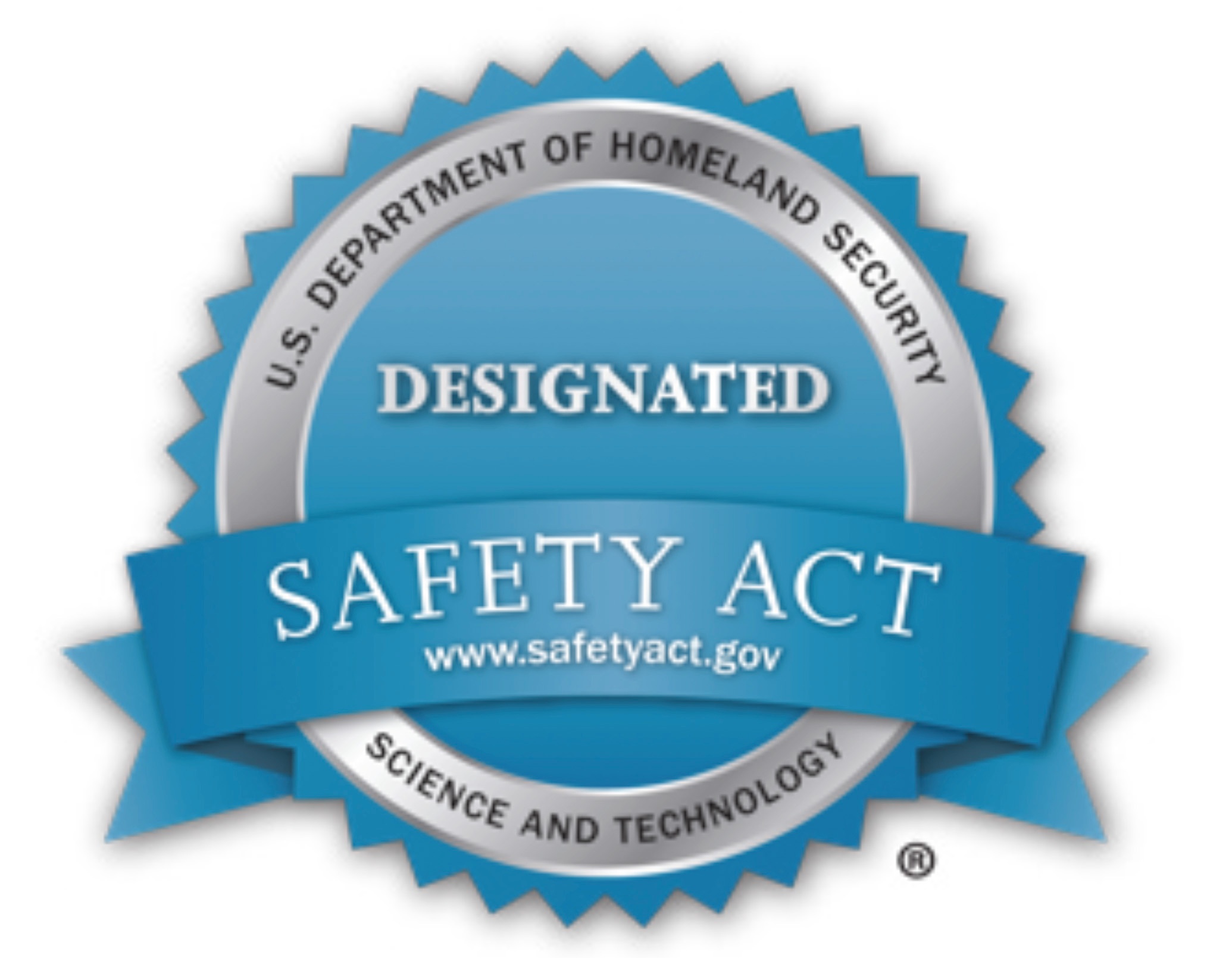
PARRE helps you stay compliant with Public Law 115-270: America’s Water Infrastructure Act of 2018. Under Section 2013, “Community Water System Risk and Resilience,” all utilities serving more than 3,300 people must conduct Risk and Resiliency Assessments and develop Emergency Response Plans. PARRE provides strict guidelines so your assessments comply with ANSI/AWWA J-100 standards.

PARRE has many features: